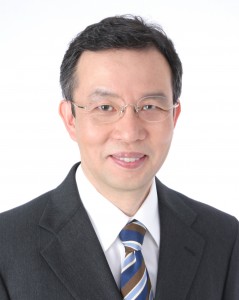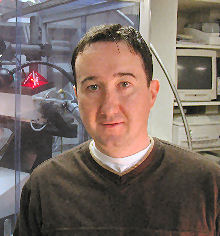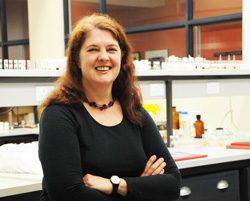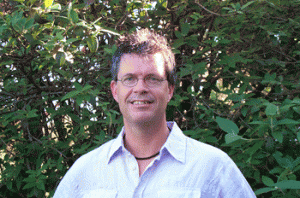CrystEngComm authors Pierangelo Metrangolo and Giuseppe Resnati are chairing an IUPAC task group looking at the classification of halogen bonds.
The task group’s objective is to give a modern definition of halogen bonding, which takes into account all current experimental and theoretical pieces of information on both gaseous and condensed halogen-bonded systems in chemical and biological systems.
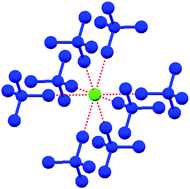 The group intend the whole community of researchers dealing with the study and use of intermolecular interactions to be involved in this Project. A dedicated web-site has been set-up as a public discussion forum for consideration of public comments. The Project will be featured in major meetings relevant to related fields, in particular at the XXII General Assembly and Congress of the International Union of Crystallography (IUCr) to be held in Madrid, Spain, in 22–29 August 2011. In the second year of the Project, an international symposium open to the public will be organized, for consideration of public comments, presentation, and dissemination of results.
The group intend the whole community of researchers dealing with the study and use of intermolecular interactions to be involved in this Project. A dedicated web-site has been set-up as a public discussion forum for consideration of public comments. The Project will be featured in major meetings relevant to related fields, in particular at the XXII General Assembly and Congress of the International Union of Crystallography (IUCr) to be held in Madrid, Spain, in 22–29 August 2011. In the second year of the Project, an international symposium open to the public will be organized, for consideration of public comments, presentation, and dissemination of results.
Just before the IUCr Madrid Congress, and a satellite event to it, an international workshop open to the public will be organized in Sigüenza, Guadalajara (August 20-21), for consideration of public comments, presentation, and dissemination of results. For more info contact the scientific secretariat serena.biella@polimi.it or gabriella.cavallo@polimi.it.
The group membership includes Professor Gautam Desiraju (Bangalore, India), founding Editorial Board member, and current Advisory Board member of CrystEngComm and Kari Rissanen (Jyväskylä, Finland), former Advisory Board member of CrystEngComm.
The task group need your input and so we invite you post a comment below to join the discussion and give us your opinion on the definition of a halogen bond.
Follow the links below to read CrystEngComm Highlights with a focus on halogen bonding:
Halogen bonded supramolecular complexes and networks
Kari Rissanen
CrystEngComm, 2008, 10, 1107-1113 DOI: 10.1039/B803329N
Combining metals with halogen bonds
Lee Brammer, Guillermo Mínguez Espallargas and Stefano Libri
CrystEngComm, 2008, 10, 1712-1727
Anion coordination and anion-templated assembly under halogen bonding control
Pierangelo Metrangolo, Tullio Pilati, Giancarlo Terraneo, Serena Biella and Giuseppe Resnati
CrystEngComm, 2009, 11, 1187-1196 DOI: 10.1039/B821300C
Or read a recent CrystEngComm interview with Task Group Chair Pierangelo Metrangolo here.











